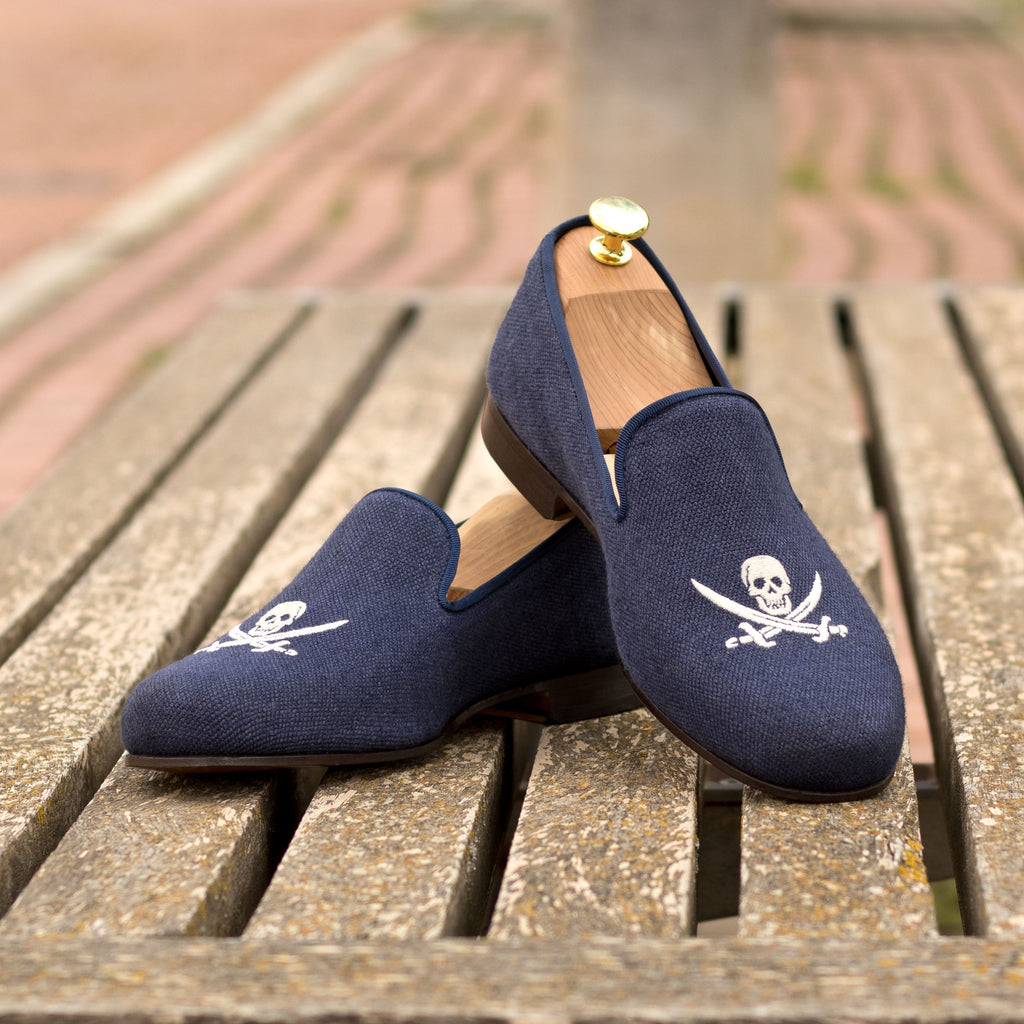A Tampa Cigar History Tour: Starts and Ends with Ybor
First to understand the Cigar industry in Florida we must deeply understand its dramatic history
As Cubans made the 90-mile trip to Key West, from Havana to escape Cuba, they brought with them their culture and traditions including the fine art of cigar making
.
In 1868, the Ten Years’ War broke out as Cubans fought to win their independence from Spanish colonial rule. Vicente Martinez Ybor, a Spaniard siding with the Cuban cause was accused of providing funds to Cuban rebels. Ybor was threatened with arrest but was successfully able to escape Cuba to Key West in 1869.
Once arriving in Key West, Ybor quickly built a cigar factory manufacturing his ‘Principe de Gales’ brand, employing many Cubans who had also left their homeland due to the war. Ybor’s business was flourishing, but conflict between Spanish and Cuban workers, labor unrest and the difficulty of transportation to and from the island city eventually led Ybor to search elsewhere.

Ybor settled on 40 acres of desolate land he purchased northeast of downtown Tampa, in October 1885. By the following spring Ybor had the largest cigar factory in the world at the time. To ensure he did not duplicate his mistakes in Key West, he provided workers with good wages and living conditions. His company built small houses that his workers could purchase for cost, hoping this would prevent his workers from migrating back and forth to Cuba, thus Ybor City was born. At the same time, Ybor encouraged other cigar manufacturers to build factories and move into the area, thus increasing the worker pool, growing his city, and helping the local economy. He also owned several more businesses in Ybor City, including a brewery, hotel, an ice factory, and a brick factory. By the 20th century, Ybor’s factory was shipping hundreds of millions of cigars annually.
When Ybor passed away on December 14, 1896 at the age of 78, the local newspaper, the Tampa Tribune’s headline read “Great Benefactor Gone.” It was concluded after his death that there was not enough capital in Tampa to turn his assets into money, as he owned so many business ventures and real estate in the area. It took his family nearly 10 years to sell off his holdings. In recognition and honor of his contributions to the area’s economic development, the city of Tampa erected a bronze statue of Martinez Ybor in the Centro Ybor Shopping District. He is buried in St. Louis Catholic Cemetery in Downtown Tampa.

Today, only one major manufacturing facility is located in Ybor City, J.C. Newman, which in the 1950s relocated from Cleveland to Tampa. With that said, there are many, many, smaller producers, keeping the dreams and admiration's of Martinez Ybor alive to this day. Take a stroll down 7th avenue during the day, and you will witness the craft and art of cigar rolling firsthand. While strolling through Ybor City be sure to visit a few museums, to get a better understanding and embracement of the city’s rich history with a walking tour and exhibitions of workers homes that still exist to this day. You may also learn that Ybor City is only one of two National Historic Landmarks in the state of Florida, the other being the historic quarter of St. Augustine. Ybor city also celebrates its heritage by hosting its annual November Heritage and Cigar Festival, a good time for live music, local craft beer, food trucks, and of course hand rolling demonstrations.
What does the future hold for cigar making the Ybor City? We are not sure, but if the areas recent revitalization tells us anything, the future is bright!
Check out the Ella Bing Bow Tie dedicated to Vicente Martinez Ybor






































